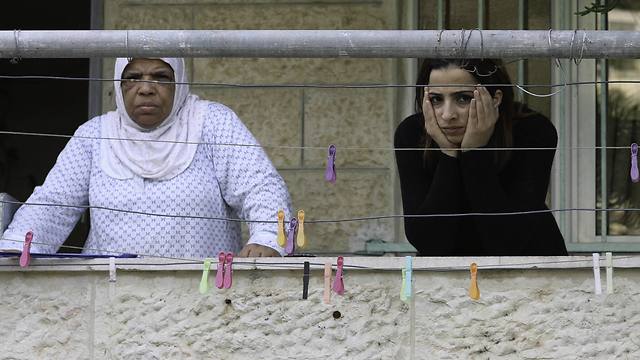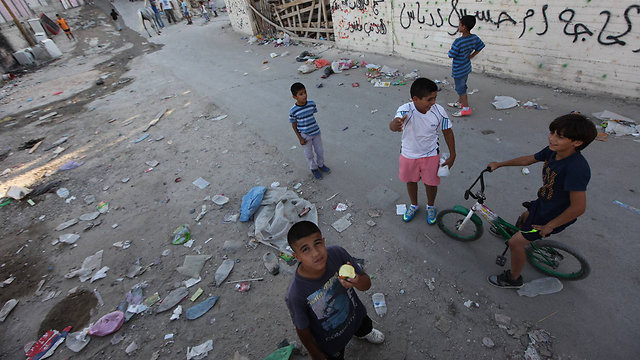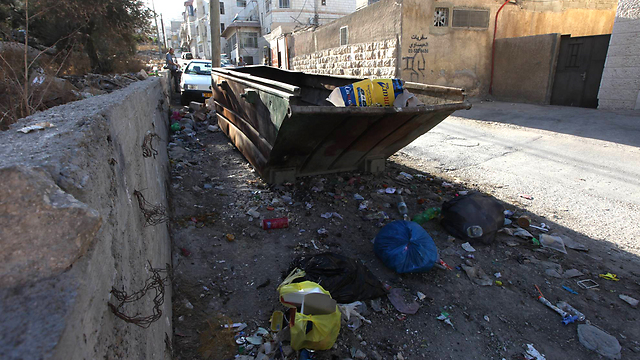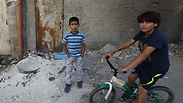
Municipality, ACRI debate causes for growing poverty in East Jerusalem
NGO claims insufficient funding to services for Arabs in East Jerusalem leads to 75% dropping under poverty line; municipality says ACRI 'attempted to hide huge investments' and 'ignored specific budgets'.
During the past nine years, the number of Arab residents of East Jerusalem living below the poverty line has increased to the point where three-quarters of the population is living with insufficient means according to claims published by the non-governmental organization, the Association for Civil Rights in Israel (ACRI). The group claims that as many as 83.9 percent of Arab children in the city fall below the poverty line.
In 2006, approximately 64 percent of Arab residents of East Jerusalem lived below the poverty line, Ronit Sela spokesperson for ACRI told The Media Line.
Now, in 2015, she says, this figure stands at 75 percent. Sela attributed the findings to a lack of investment in education, industry and local businesses which, she said, have historically meant that standards of living were lower among Arab communities than in Jewish neighborhoods.
ACRI argues that the large increase in poverty is principally due to the onset of construction of the security barrier in 2006, because the barrier has economically dislocated Arabs living in Jerusalem from communities in the West Bank. During this period, the population has also increased putting additional strain on available resources.
East Jerusalem was governed by Jordan until the IDF took control of the West Bank during the 1967 Six-Day War. This brought the Arab population under Israeli rule, though a large percentage have refused to accept citizenship.
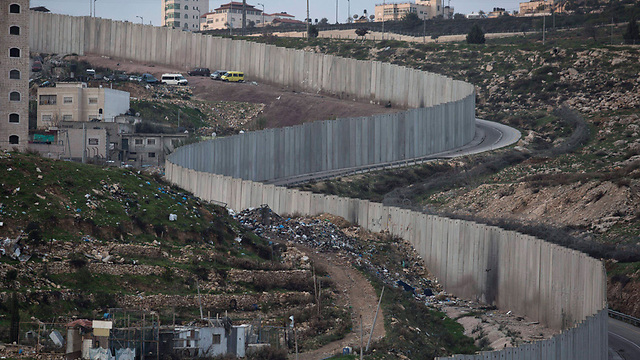
In 2003, at the height of the Second Intifada, Israel began constructing a separation barrier as a means to prevent suicide bombers from entering Israel’s population centers from the West Bank. This separated East Jerusalem from Arab communities now under the control of the Palestinian Authority, pursuant to the 1993 Oslo Accords.
The ACRI report charges that Israel provides insufficient funding for social care, postal services, infant healthcare, road construction, schools and classrooms. It also notes that as many as 20,000 buildings in East Jerusalem have been constructed without permits leaving residents under the threat of losing their homes.
ACRI describes itself as an “independent and non-partisan” organization, focused on human rights but states on its website that it views the Israeli presence in East Jerusalem as “an illegal annexation” and defines policies followed by the government as “racist” and “discriminatory.”
A spokeswoman for the Jerusalem Municipality dismissed ACRI’s figures saying, “It is unfortunate that ACRI chooses every year to recycle the report that is distorted and cut off from reality hoping to get press coverage.”
Brachie Sprung, of Jerusalem Mayor Nir Barkat’s office, told The Media Line that ACRI’s report “attempted to hide huge investments” and “ignored specific budgets” due to the organization’s own political interests. Sprung pointed out that $130 million had been allocated to improve roads and infrastructure in east Jerusalem and that $100 million had been earmarked for improving classrooms and standards of education.
ACRI’s Sela acknowledged the Municipality’s recitation of allocations, but said the NGO believed that the amounts were not enough to deal with the large scale of the problem. She argued that a lack of political influence and little advocacy among the bodies of power that distribute funding for Palestinian causes is the root of the imbalance of money spent on Arab neighborhoods.
“If you go where I live, in Isawiya - or in Shu'afat - you can’t feel the Municipality like you can feel it in the Jewish section,” Mohammed Aburmila, an East Jerusalem resident who works in the west side of the city, told The Media Line. “You don’t have any places for the kids to play – if you have a hole in the road you have to wait half a year (until it’s repaired). It’s small stuff, but its stuff that is really important.”
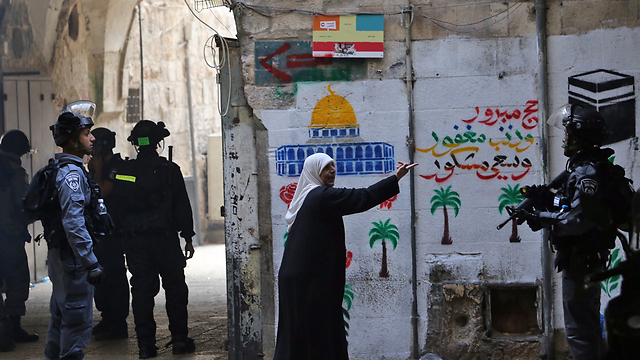
When asked what it would take to improve the standard of living for residents of East Jerusalem, Aburmila took his time before he answered, and said, “Make it easy for people to build houses.”
He explained that the Municipality often refused to give permission for Arabs to build homes so people did so illegally. This resulted in people being given large fines that can result in debt problems. “They are taking more than they are giving,” Aburmila said.
“Planning and construction (of homes) is hard to realize in East Jerusalem,” Yair Assaf-Shapira, a researcher with the Jerusalem Institute for Israeli Studies, told The Media Line.
“Dramatic improvements could be seen if this burden was made easier,” he said, adding that the creation of employment places was also key to tackling poverty levels.
But Assaf-Shapira stopped short of saying that active policy in the Municipality was leading to low incomes among the Arab population.
He pointed out that the Municipality had invested a lot of capital into East Jerusalem but that the scale of the problem overwhelms the resources that the Mayor’s Office can bring to bear.
Central government intervention is necessary to tackle the scale of poverty in East Jerusalem, Assaf-Shapira said.
Other factors outside of the Municipality’s control were also drivers of inequality, the researcher said.
For instance, low participation in the workforce by Arab women means that many Arab families are living on lower incomes than families with two bread-winners, he pointed out. The security barrier, overcrowding within Arab communities due to migration from the West Bank and narrower employment possibilities for East Jerusalem residents were also factors, according to Assaf-Shapira.
Aburmila’s accusation, that Arabs found it more difficult to gain planning permission, was strongly rejected by Sprung, from the Mayor’s Office, who said that it was offensive to suggest that race was a criteria for housing allocation. Housing permits, she told The Media Line, are allocated based on “One thing and one thing only… legal ownership of land.”
Article written by Robert Swift
Reprinted with permission from The Media Line











